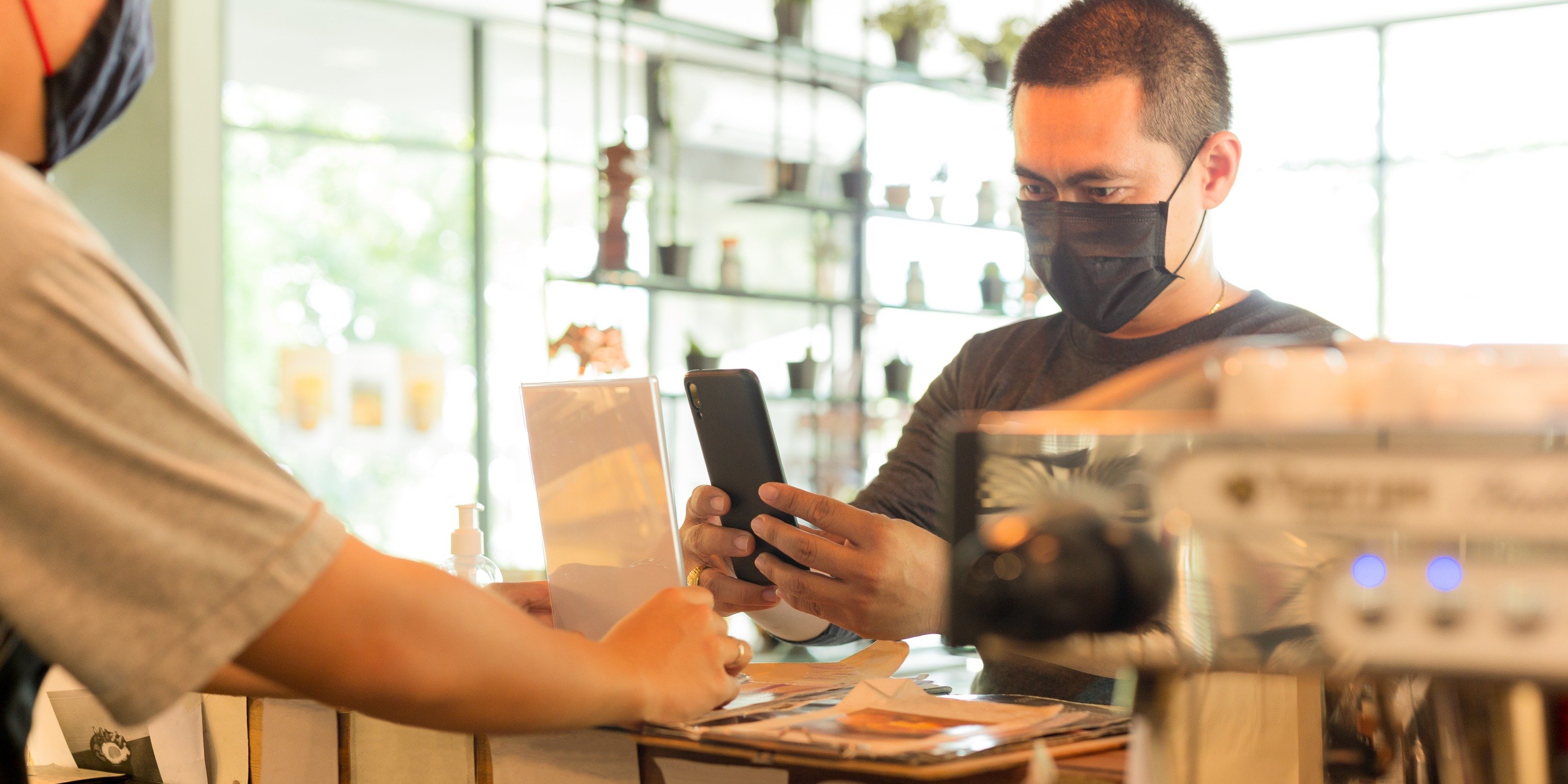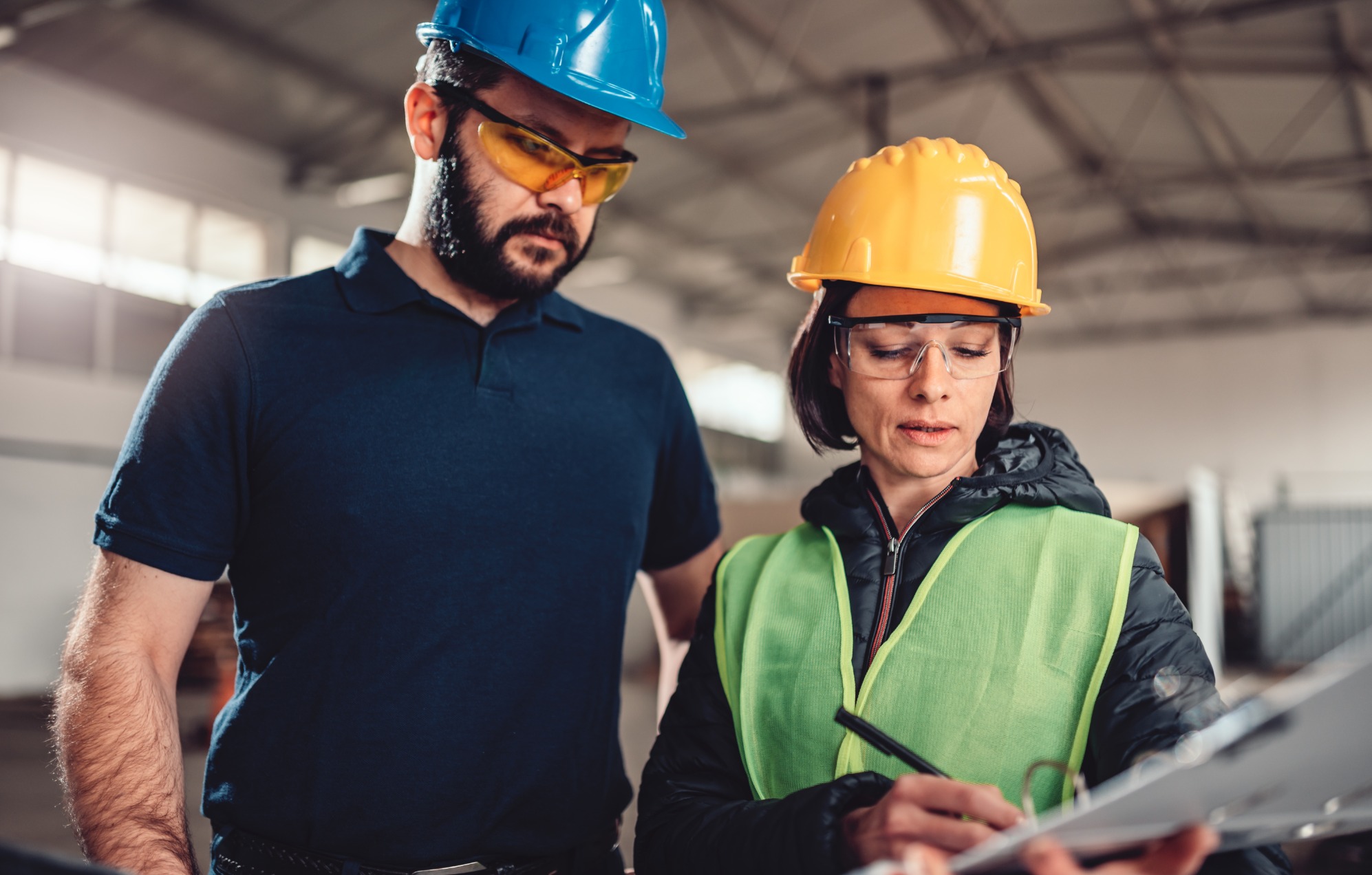In 2020, health and safety will be shaped by innovative technology, safety culture shifts, and a renewed focus on workplace wellbeing. These developments present exciting opportunities to strengthen workplace safety in the year ahead.
Most notably, the Health and Safety Executive (HSE) plans to improve their engagement methods and regulatory frameworks – in efforts to reduce 30.7 million working days lost due to health and safety incidents.
As automation, smart tech, and online tools are only set to make the safety advisor’s life easier – many organisations are keen to learn about new management solutions. So, what trends are emerging in the next year, and how do they promise to strengthen health and safety?
Health and Safety Management: 5 Trends to Watch
1. VR Safety Training Software
Virtual reality (VR) is an immersive, simulated experience delivered by headset systems or multi-projected environments. It generates realistic digital scenarios where the user has a simulated physical presence. While this sounds futuristic, the health and safety industry is eager to adopt VR to create realistic, yet safe, training conditions.
Using this technology employees are trained to manage real risk without harm. For example, VR can simulate a fire in the workplace so users can learn how to safely deal with it – with added guidance from a qualified professional as they do it.
Most importantly for businesses, VR is an economical alternative to traditional training. Memory retention levels are up to 80% more after a year, compared to 20% retention in traditional training – making yearly refresher courses less intensive. What’s more, the technology enables multiple learners at the same time. Businesses can quickly and effectively train many employees whilst ensuring a consistent experience.
2. Mobile-friendly Health & Safety Management
Reporting a health & safety incident needs to be straightforward, quick, and reach the right people. Traditionally, accident reporting is a manual process that features overwhelming stacks of paperwork, filing, and continued administration management. However, the majority of organisations now use a mobile-friendly health and safety management system to report accidents.
Users can autonomously and proactively report incidents from a mobile device, such as a phone or tablet, to quickly record or share vital information. This data is directly sent to your organisation’s cloud-based portal, where essential personnel can view, find, and share reports. If a serious incident occurs, HSE inspectors can quickly assess and view a real-time incident report, reducing costly administration and inspections times – often spent sifting through paperwork.
3. Smart Wearables & Sensors
Whispers of wearables and smart sensors have circulated the health and safety management landscape in the last few years. It’s easy to imagine; construction workers that are notified of their own fatigue by a wrist sensor, or real-time location tracking devices for lone workers – the latter recently used by The Royal Society for Prevention of Accidents (RoSPA) to protect consultants.
If organisations are already enabling workers to manage safety using a mobile device, the market is expected to branch out into dedicated and more sophisticated devices. In fact, the industrial wearable market will grow to $2.78 billion by 2024, and the HSE plans to expand research into further practical uses.
4. The Wellbeing Agenda
Aside from the technology trends set to emerge this year, workplace cultural shifts such as greater wellbeing awareness are moving to the forefront. In a 2019/20 plan, the HSE reported 770,000 visits to its stress micro-site, whilst simultaneously, the annual Safety & Health Expo featured a dedicated ‘workplace wellbeing’ category in its main showcase.
Business leaders, health and safety advisors, and regulatory bodies are prioritising the hidden issues of work-related stress illness or poor management of long-standing wellbeing conditions. Since a 2017 Deloitte report highlighted the positive impact higher wellbeing has on business productivity, organisations have put strategic efforts in place to acknowledge worker mental health. However, even those in favour of addressing mental health agree that injury prevention should remain the top priority for safety pros.
How can health and safety professionals improve wellbeing at work in 2020, without overlooking vital tasks?
- Stay on track of OHS with a comprehensive management system
- Outsource an employee assistance program
- Appoint an internal mental health 'champion'
5. Automation & AI
Did you know, artificial intelligence (AI) software can intuitively alert workers when personal protection equipment (PPE) isn't being worn? The AI software uses leading-vision AI to execute object recognition, image/video analysis, and visual search to identify multiple complex items. For example, it can survey a group of workers in real-time from a video stream – say, employees on a busy construction site – and instantly flag health and safety concerns.
For health and safety management professionals, this vital action could be the difference between preventing a worker from entering a site without a hardhat, or act as a subtle deterrent against unsafe practices. And, as the AI market continues to grow, the next year will present new opportunities to automate life-risking and hazardous tasks across multiple industries.
In the oil & gas industry, a predictive analytics platform applies AI to cloud-based health, safety, and environmental data to predict the number, timings, and types of incidents likely to occur in the future. This reduces time consuming data analysis tasks, and flags crucial health & safety concerns before they have a chance to happen. Similarly, many construction organisations use customisable, online health and safety applications to automate safety task management and remain compliant.
Building a Safer Future
In the next year, there will be increased efforts to automate previously time-consuming processes. This will alleviate manual tasks from the to-do lists of health and safety professionals and help reduce human error. Additionally, smart technology such as VR or wearables will aid this process, as businesses adopt connected devices to improve safety and productivity. To learn more about the health and management applications paving the way, click here.
.png)




